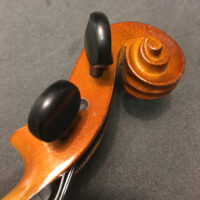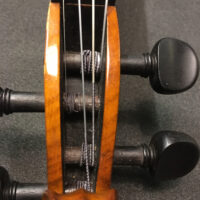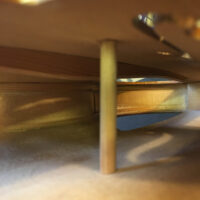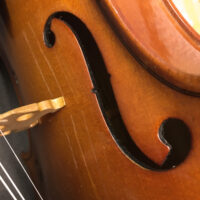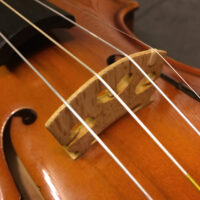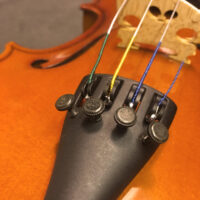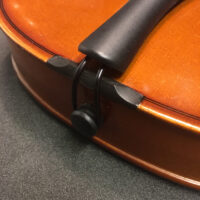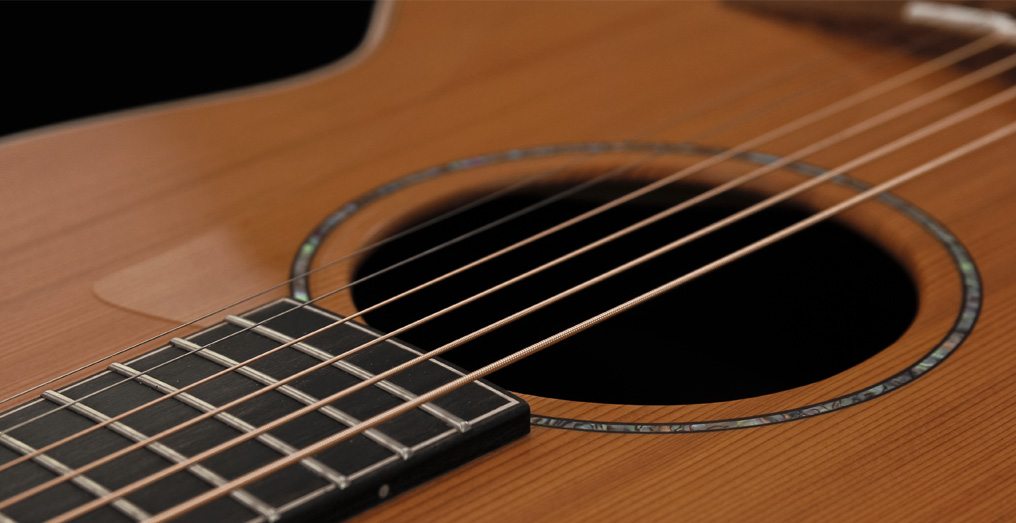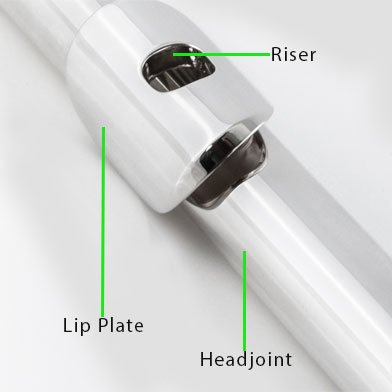Other relevant pages:
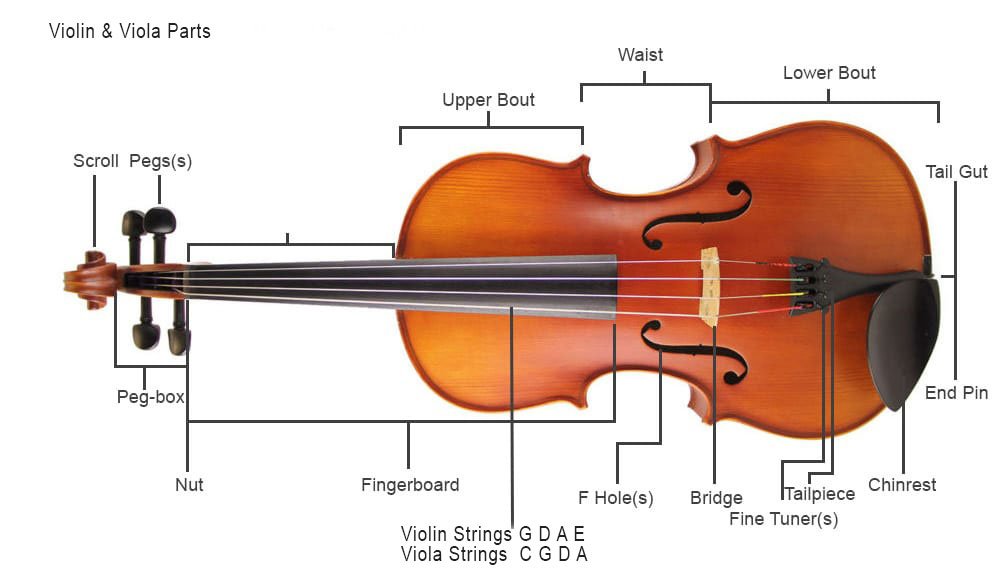
Scroll
The scroll of the violin/viola is at the top of the instrument and looks as you would expect, like a scroll! The scroll is purely decorative and in the old days would sometimes be more dramatic and the carvings included animals amongst other more elaborate carvings.
Tuning Pegs/Pegbox
The tuning pegs and pegbox are located at the top of the instrument under the scroll. The strings are attached to the tuning pegs which are contained within the pegbox. The strings are inserted into a hole in the tuning pegs and attached to the tuning pegs. They are wound around the pegs but generally aren’t used as much these days to tune the violin/viola due to fine tuners/adjusters at the other end of the violin/viola.
Strings
The strings on the violin are called open strings and tuned G,D,A,E from lowest to highest. On the viola the strings are C, G, D and A. The strings are different widths and can’t be interchanged. There are several different brands of strings and as with everything – you get what you pay for! Really cheap strings will be difficult to tune, difficult to play and will break more easily, or stretch beyond any use. Very expensive strings are only really appropriate for professional players – they can be in the hundreds of pounds for a set to buy but will produce a lovely sound on the right instrument. Most student strings are made from a stranded synthetic core wound with various metals, or a steel core, which may be solid or stranded and are wound with other metals.
Neck
The neck of the instrument is at the back of the fingerboard – and will be the same colour wood as the main body of the violin/viola. The neck takes the strain of the strings on the violin/viola and is a strong part of the violin/viola.
Fingerboard
The fingerboard is the smooth black playing surface glued to the neck of the violin/viola underneath the strings.
Body
The body of the violin/viola is the main part of the violin/viola and usually made from wood. It can be two halves joined together at the back, or more expensive violins or violas will be made from a single piece of wood at the back. The rest of the violin/viola is made from single pieces of wood stuck together with hide glue. The wood is delicate and the better the quality of wood the better the sound will be from the violin/viola. The main woods that are used in the making of violins and violas are maple, spruce, ebony, boxwood, willow and rosewood.
Sound Post
The sound post is a round post that sits front to back inside the violin/viola and is crucial to the sound of the violin/viola. To see the sound post you need to look inside the violin or viola – the sound post is slightly thinner than a pencil and isn’t an obvious feature that non string players know about. The sound post is key to a good sound and it helps supports the structure of the violin/viola from the pressure of the tension of the strings.
F Holes
The F Holes are the curly cut-outs on the front of the violin/viola. These allow the sound to leave the violin/viola. On electric violins the pick-up will be fitted on one of these which attaches the violin to the amps used to project the sound.
Bridge
The bridge on a violin/viola is crucial to being able to create a lovely sound. A good fitted bridge enables players to play in the style that they need to. Surprisingly different styles of playing require different styles of bridge. The bridge will have small grooves cut out to enable the strings to sit in the correct place and the top string which is very thin will also sit on a small plastic tube to stop it snapping too easily or being cut by the wood.
Fine Tuners
Professional players avoid fine tuners but this is purely down to their experience and confidence in the quality of their strings. Most student instruments will have fine tuners which are great for all players who are still learning, and more importantly learning to “hear” the tuning of the violin/viola. The fine tuners are at the bottom of the strings and ideally you would want all four fine tuners – there are options not to have all four if required. The work by turning them like a screw and only need moving a tiny bit at a time. The fine tuners are found on the tailpiece.
Tailpiece/End Pin
The tailpiece is at the bottom of the violin/viola and with the end pin hold the strings in place. The fine tuners are found on the tailpiece.



